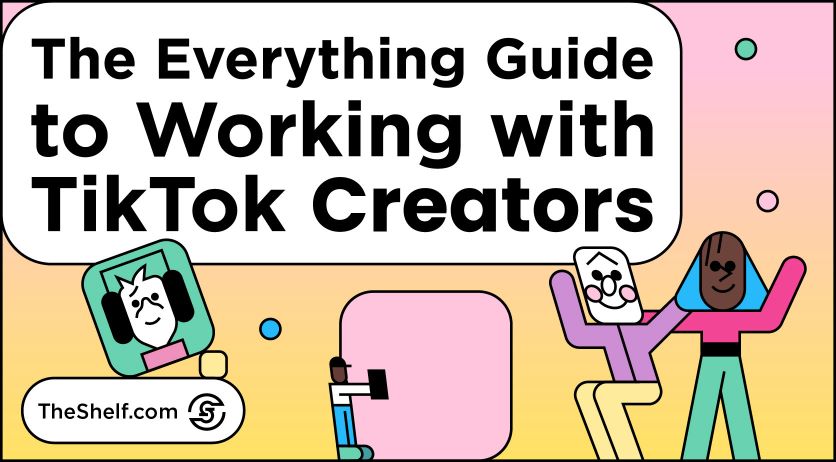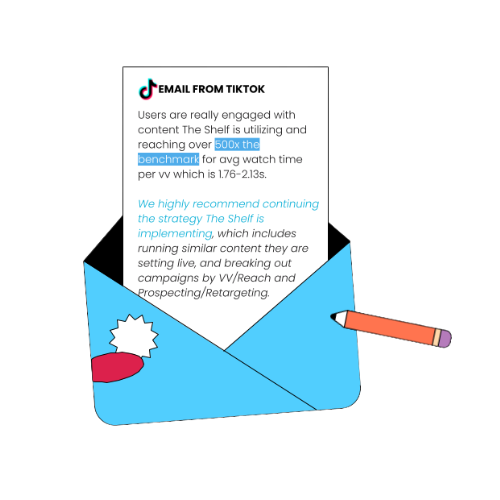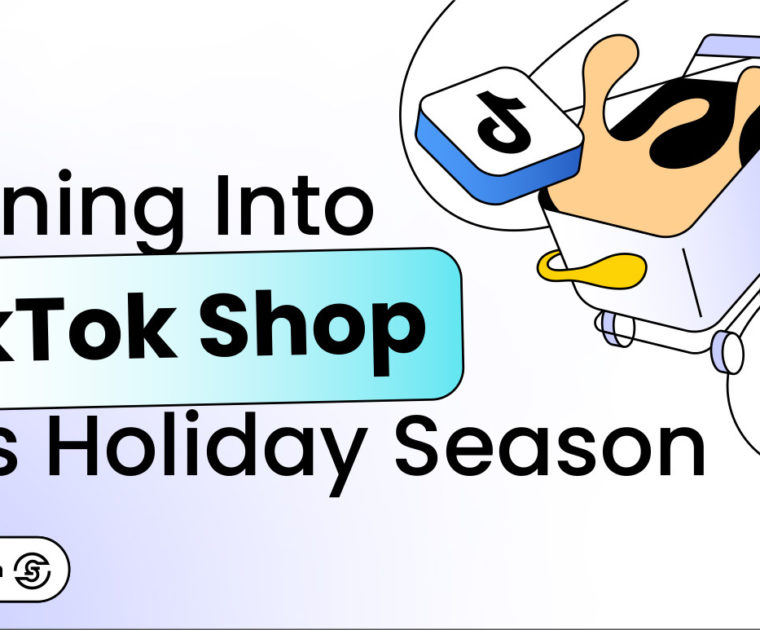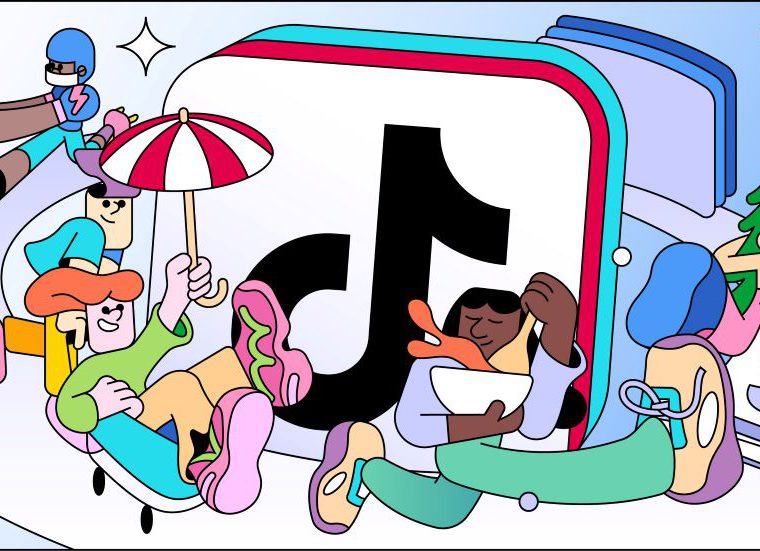Key Takeaways
The creator economy isn’t a side hustle anymore—it’s the circulatory system of social media. TikTok turned that system into an engine.
Every swipe on the platform trains the algorithm to deliver content that feels uncannily personal, and creators are its translators. They turn brand messages into cultural shorthand—songs, edits, jokes, tiny stories that travel faster than any pre-planned media buy.
For marketers, that changes the math. Visibility on TikTok isn’t rented through ad spend; it’s earned through creator credibility. And that credibility compounds. The brands that integrate creators early – at brief stage, not distribution stage – see content that performs like community.
Takeaway: Creators aren’t your amplification channel. They’re your relevance strategy for TikTok influencer campaigns.
How the TikTok Algorithm and Interest Graph Shape Creator Campaigns
TikTok doesn’t run on who you follow – it runs on what you engage with. That’s the difference between the social graph and the interest graph.
When a video lands on the For You page, it’s there because it speaks to a pattern: sound, topic, tone, editing rhythm, completion rate. The algorithm reads behavior, not biography.
Creators are masters at engineering for that pattern without losing authenticity. They know when to pause for effect, when to use trending audio, when to pivot a format before saturation hits. That fluency lets them move content through the algorithm’s bloodstream more efficiently than any brand account can.
For campaign planning, this means thinking in clusters, not posts – a mix of creator voices that map to different corners of the interest graph so you catch multiple waves of visibility instead of betting everything on one.
Takeaway: On TikTok, distribution is algorithmic. Your job is to feed it the right creative variables.
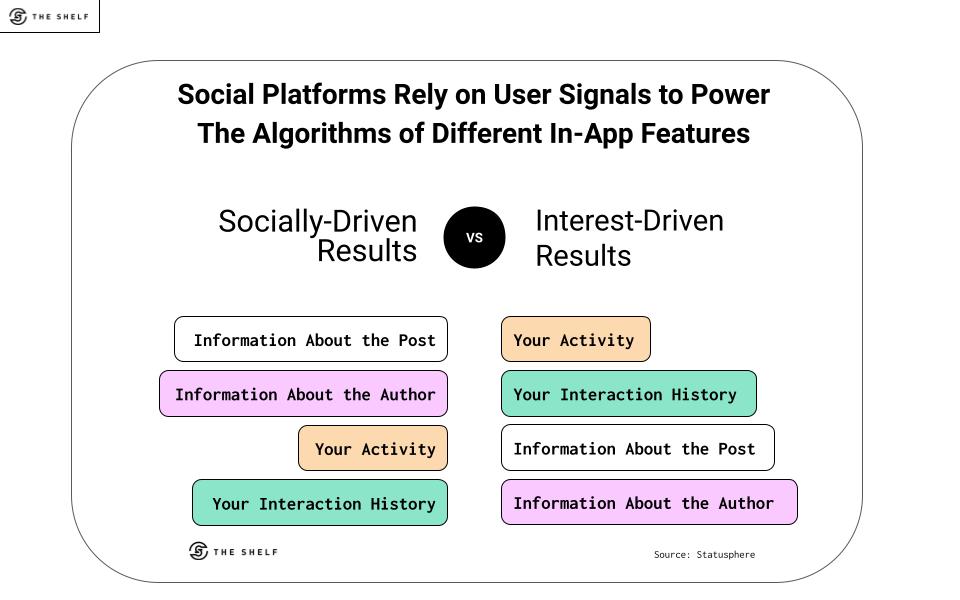
Set Goals and KPIs Before You Scroll
Every strong creator campaign starts with a hypothesis: what behavior are we trying to change?
Is it awareness (views, shares, sentiment)? Consideration (saves, click-throughs, UGC replies)? Or conversion (UTM traffic, discount code use, ROAS)? The answer determines who you hire, how you brief them, and what success looks like.
TikTok metrics can mislead when pulled out of context. A creator with lower views but high watch-through may outperform one with viral spikes but low retention. Benchmarks are dynamic; so are goals.
The most efficient brands treat performance as a feedback loop: test small, learn fast, expand what works. In The Shelf’s Optimization Flywheel, that’s the difference between “proof” and “luck.”
Takeaway: Define the win before you pick the players.
Choosing the Right Creators
The right creator isn’t the one with the biggest audience—it’s the one who fits the behavior you’re trying to trigger.
TikTok’s tiers—nano, micro, mid, macro, mega—each serve different purposes. Nanos and micros drive authenticity and comment-section trust. Mid-tiers scale engagement. Macros and megas generate cultural validation. A balanced portfolio lets you move audiences from curiosity to confidence without losing tone consistency.
But fit goes deeper than size. Watch how a creator tells stories: pacing, humor, editing. Do they build their own trends or just follow? Do their comments show active community or passive viewers? Those signals predict how their content will perform once your brand enters the frame.
Takeaway: Treat creator selection like casting – not media buying.

Creative Strategy: What Works on TikTok
TikTok rewards authenticity engineered for attention. The first two seconds decide whether viewers stay or scroll, so the creative brief should focus on momentum, not messaging hierarchy.
Trending sounds can extend reach, but they’re not shortcuts—they work because they ride emotional context already coded in audience memory. Smart creators pair those sounds with visual storytelling that feels native, not sponsored.
Give creators direction, not scripts. Encourage experimentation with hooks, captions, or transitions. Then test multiple edits through allowlisting or paid amplification to identify which combination of sound + format + message drives the strongest lift.
Takeaway: Great TikTok creative isn’t an ad disguised as content—it’s culture translated into motion.
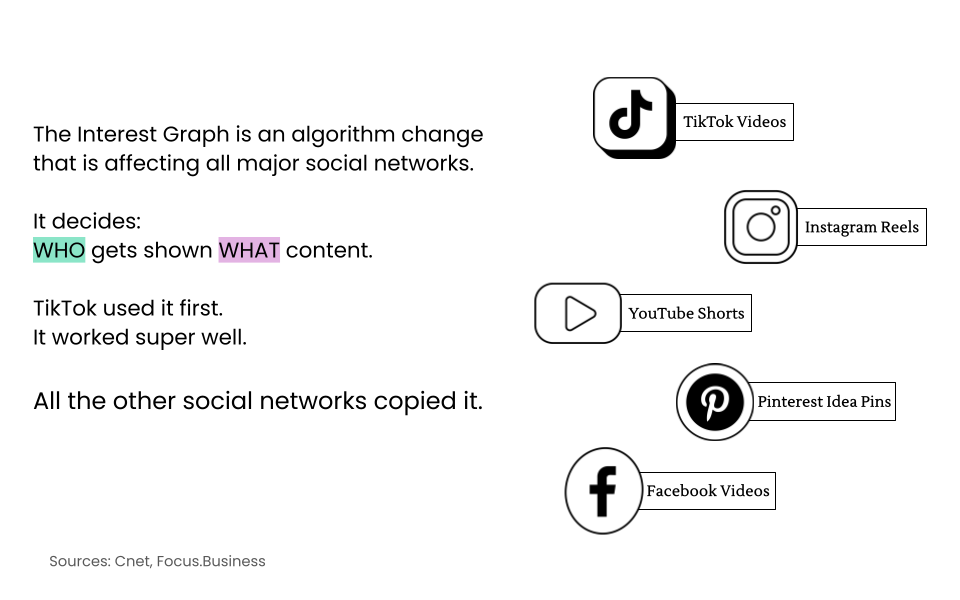
Execution and Workflow
Running a TikTok creator campaign is closer to producing a series than placing an ad. Pre-production, testing, iteration—it all matters.
Start with a discovery sprint: identify creators, align deliverables, approve creative guardrails. Then move into production cycles of short bursts: concept, create, review, post, analyze. Keep approvals light; momentum is part of the magic.
Budgets can be modular. Retainers work for long-term brand storytelling; performance-based or hybrid models fit campaign bursts. Either way, bake in time for repurposing—high-performing organic posts should move swiftly into paid versions via allowlisting.
Takeaway: Build workflows that match TikTok’s speed. Over-engineering kills performance.
Measurement and Optimization
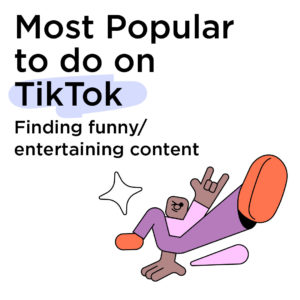
“Did it go viral?” isn’t a KPI. The better question: Did it change behavior?
Use TikTok Analytics plus external tracking to connect creator output to tangible outcomes. Watch-through rate and comment quality reveal resonance. UTM traffic and pixel data reveal impact. Together, they map how creator content assists the funnel, even if it’s not the last click.
Optimization is continuous: analyze sound performance, edit style, creator category. Reinvest in the formats that compound attention. Feed those learnings into your next brief.
Takeaway: Treat measurement as creative R&D, not post-mortem reporting.
Scaling for 2026 and Beyond
The era of one-off creator posts is over. The next phase is creator ecosystems—ongoing collaborations that produce a steady stream of assets for both organic and paid.
That requires infrastructure: a creator CRM to track performance, a shared content hub, a repurposing pipeline that moves winning assets into ads within days, not months.
Brands leading this shift think of creators as an extension of their media team—insight partners who spot signals before trend reports do.
Takeaway: Scale isn’t about adding creators; it’s about building systems that make creativity repeatable.
